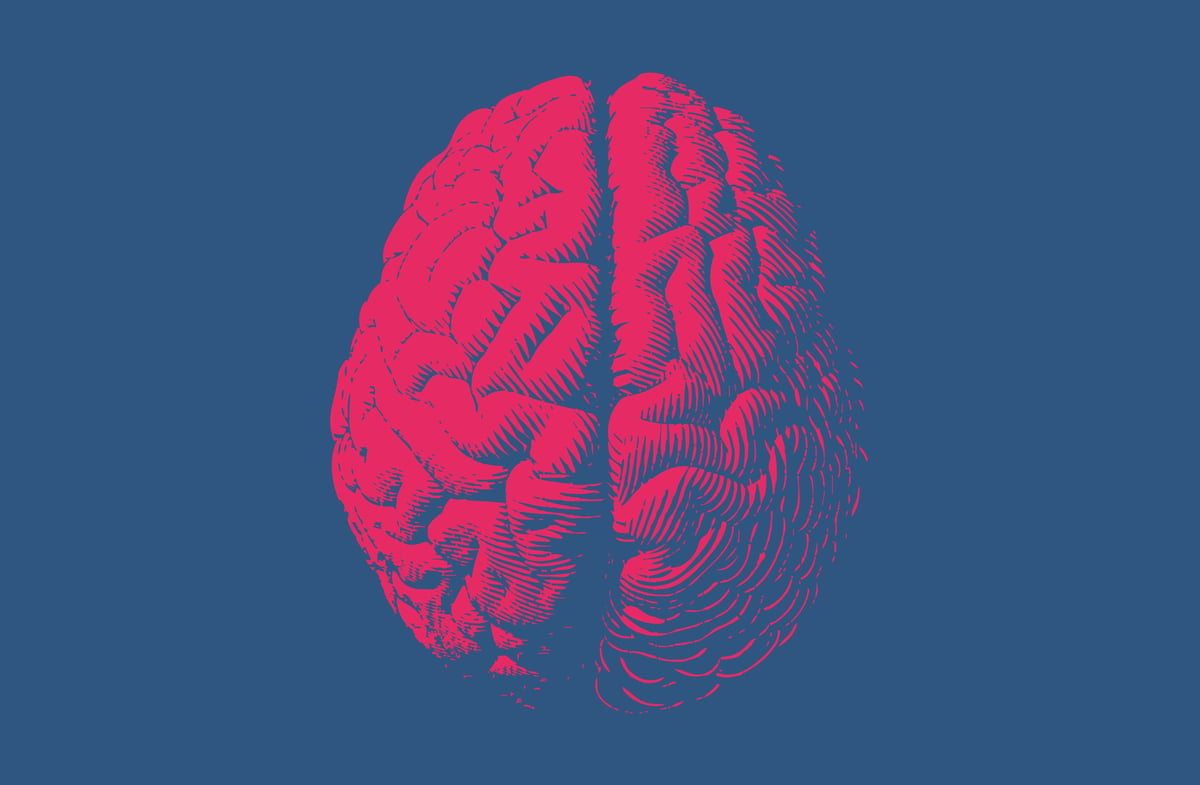From UI to AI: An Automation Journey
Share at:

Editor's note: This was published in 2017. Visit our Robotic Process Automation and artificial intelligence page for up-to-date information.
Original post:
In recent years, the implementation of Robotic Process Automation (RPA) as a software solution has increased drastically on a worldwide scale. A recent market report by the research firm Everest Group suggests the 2016 RPA vendor market was estimated to be more than $200 million, indicating more than 64% growth in one year. But another measurement of RPA’s influence stems from the developments and evolutions in automation technology and capability. The term robotic process automation first came into use in the early 2000s, and early forms of the technology were an extension of RPA’s predecessors: data scraping and workflow automation tools. Yet having surpassed the capabilities of data scraping and workflow automation, RPA has made — and continues to make — significant strides in advancing the operational automation of two decades ago. Most recently, RPA is transitioning from merely automating the user interface (UI) to incorporating the capabilities of a new field: artificial intelligence (AI).
Having focused intensely on streamlining UI automation in the early stages of RPA technology, business organizations and companies are now transitioning to achieve a fully-fledged, digital labor workforce that is able to act as a cognitive assistant, interact with humans to service business needs, and process unstructured data. This is something of a fundamental shift in the automation processes of yesterday and the automation potential of today and tomorrow.
Looking back: The foundations of RPA
Originally coming into the tech scene in the early 2000’s, RPA technology and its forefathers have a deep historical relationship with the UI, even though UI automation has been in existence for much longer. Today’s emerging automation platforms are the evolutionary product of two forms of UI automation: data scraping and workflow management tools. Data scraping software acts at the presentation layer in order to extract data from the web and transfer data from outdated legacy systems to their replacements, while workflow management tools interact with the UI in order to automate business-related processes.
Like its two forefathers, RPA software robots operate on the same level as human personnel in order to establish UI automation. What sets RPA apart, though, is that it’s more than just a screen scraping tool. RPA’s technology provided and continues to provide significant advantages over more elementary automation tools, many of which rely on forms of communication within architectural data layers beneath the UI. A significant technological evolution of these older forms of automation, RPA is code-free and non-disruptive.
This means that RPA software robots can be easily trained by business users without coding knowledge and with little to no IT investment. Through its interactions in the UI, RPA is able to bridge various systems and applications without requiring a restructuring of the existing set-up. Unlike its predecessors, the technology is compatible with any browser version, screen position, or window size. In particular, RPA’s interactions with the UI allow the platform to be flexible, scalable, and efficient, even at the enterprise level.
The race to intelligence
Ask any RPA developer or business user, and it’s clear that a focus on automation of the UI is crucial for the technology’s success. Recent technological advancements, though, have been focused on advancing the capabilities of intelligent process automation. This means that, by incorporating AI with existing process automation technologies, RPA is able to extend far beyond its initial scope.
In particular, intelligent process automation refers to the application of AI and related technologies (e.g. machine learning, computer vision, natural language processing, cognitive automation) to RPA. Through the addition of AI to RPA, rules-based automation will gradually be supplemented by knowledge-based automation, with more tasks — and especially more complex ones — becoming more widely suited for automation.
A March 2017 report by consulting group McKinsey & Company suggests that these advancements are allowing businesses to successfully leverage automation:
“Automation of 50 to 70 percent of tasks (...) has translated into 20 to 35 percent annual run-rate cost efficiencies, and a reduction in straight-through process time of 50 to 60 percent, with return on investments most often in triple-digit percentages.”
A wider scope of complex automation
RPA technologies are currently able to automate repetitive, rules-based business responsibilities, while employees are largely still responsible for tasks that require creativity and judgement. AI is especially well suited to deal with variability and is able to execute tasks that rely on large volumes of unstructured inputs and data. This means that more complex and undefined tasks, such as fraud detection and business forecasting, can be managed using AI with increased accuracy and precision.
The advancement of digital labor
As a digital workforce, RPA software robots are already streamlining business operations around the world. Through the help of AI, RPA will develop into an even more autonomous workforce. Because they learn and adapt to new situations over time, intelligent automation systems can automate complex processes without the need for human training or intervention. AI-driven workforces will be able to autonomously learn from data and make decisions based on pattern recognition.
The democratization of AI
We draw one of our favorite metaphors to explain how RPA and AI sit together from sports. Imagine you are a golfer standing on the tee and you need to get your ball 400 yards down the fairway over the bunkers, onto the green and into the hole.
If you are standing there holding only a putter, i.e. an AI tool, you will probably find it extraordinarily difficult if not impossible to proceed. You will also need a combination of driver and irons to be able to get that little white ball into the hole. You will need RPA tools and you’ll need cognitive tools like ABBYY and Celaton, and you are finally going to need the AI tools like IBM Watson or Google TensorFlow.
Now here's the trick. It's not the small companies developing AI tools. It's behemoths like Microsoft, Google, or IBM. And they are open sourcing these tools and democratizing the uptake. This means that more of these expert capabilities will be baked into RPA platforms over the next few years, creating new possibilities for both human-centric and robot-centric automation.
Managing expectations for the future
Intelligent automation is the most recent development among automation technologies, but we are only just starting to see the beginning of AI’s capabilities. Director of Research at Facebook, Yann LeCun suggests that AI still has a long way to go:
Despite these astonishing advances [to AI and RPA], we are a long way from machines that are as intelligent as humans — or even rats. So far, we’ve seen only 5% of what AI can do.
Even so, the professional service company KPMG suggests that, through the convergence of RPA and AI, we are already starting to see:
(...) a combination of advancements [that] is creating cognitive automation – or smart robotics – that can potentially automate new classes of knowledge work.
Activities that currently still require the skills of highly trained professionals are becoming more and more automatable each year, with the RPA-AI hybrid of the future being poised to allow companies to leverage more autonomous, precise, and agile automation than ever before.

Content Developer, Trekk
Get articles from automation experts in your inbox
SubscribeGet articles from automation experts in your inbox
Sign up today and we'll email you the newest articles every week.
Thank you for subscribing!
Thank you for subscribing! Each week, we'll send the best automation blog posts straight to your inbox.



